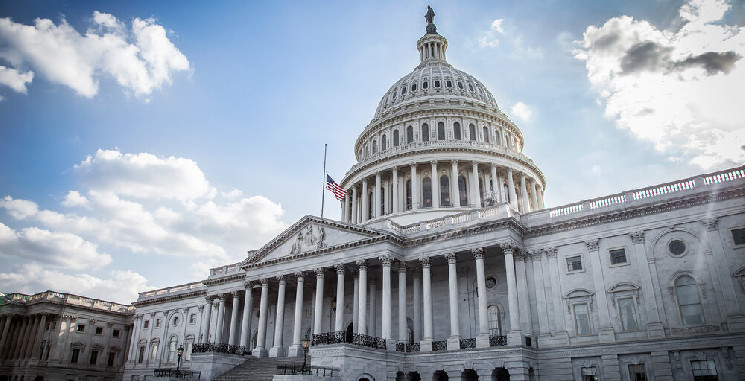The Trump administration is considering a major overhaul of U.S. foreign aid programs, with a focus on utilizing blockchain technology to enhance accountability and transparency in aid distributions. This proposal, as reported by Politico, includes renaming the U.S. Agency for International Development (USAID) to the U.S. Agency for International Humanitarian Assistance and placing it directly under the Secretary of State’s authority.
One of the key aspects of the plan is the adoption of blockchain technology to track aid distributions securely and accurately. This move aims to increase security, transparency, and traceability of funds, ultimately improving the efficiency and impact of foreign aid initiatives. By implementing third-party metrics for measuring outcomes, the proposal seeks to move away from self-reporting and ensure tangible results.
While the document outlining these reforms does not specify the author, it highlights a shift towards a more performance-based approach to aid distribution. This could potentially require congressional authorization for major structural changes, although some reforms may be implemented through executive action.
The proposed overhaul also includes a restructured framework focusing on three organizational pillars—”Safer, More Prosperous, and Stronger”—led by three agencies under the Secretary of State’s direction. This streamlined approach aims to prioritize global health, food security, and disaster response, making U.S. foreign aid initiatives more targeted and effective.
The use of blockchain technology in public sector initiatives has been a topic of discussion in the humanitarian field. By providing transparency and accountability, blockchain has the potential to combat corruption and enhance the impact of aid programs. This aligns with the administration’s goal of encouraging innovation and efficiency in foreign aid distribution.
In conclusion, the proposed changes to U.S. foreign aid programs signal a shift towards a more accountable and results-driven approach. By leveraging blockchain technology and focusing on measurable outcomes, the administration aims to make aid distributions more secure, transparent, and impactful. These reforms, if implemented, have the potential to reshape the way U.S. foreign aid is administered and contribute to more effective assistance to those in need.

